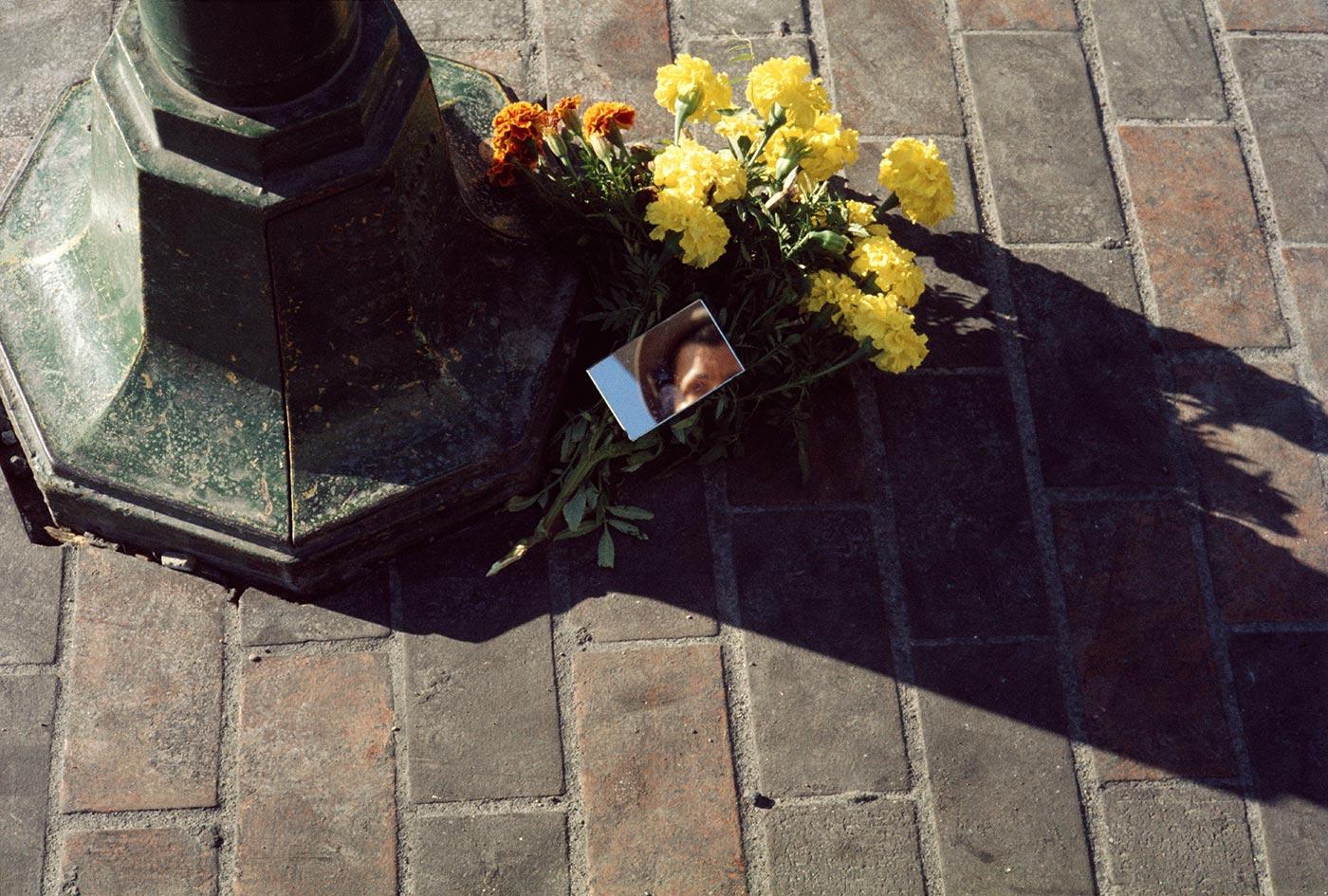In 2007, John Maloof, a former real estate agent turned film producer, walked into the RPN auction house in Chicago with only half an idea of what he was looking for. The young man, who sported a neat buzz cut, was there in the hope of picking up some photographs on the cheap, photographs that would help him co-author a book on the historical Chicagoan communities of the neighbourhoods among which he now lived. For a little under $400, he left the auction house that day with a bag of negatives apparently depicting Chicago in the 60s - ‘apparently’ because he wasn’t permitted to look through all the negatives prior to purchase, so he took a punt. They were part of a delinquency sale, having belonged to an old lady who was unable to pay her rent. When he eventually got round to looking through the negatives, there was hardly anything that fit the bill, at least not for the book. But there was enough to be nominated for the Best Documentary Academy Award six years later. In his enterprise, Maloof had inadvertently stumbled upon one of the most unique, rich and curious collections of street photography, a collection that had remained hidden to the public eye, in fact the eye of anyone but the photographer, since the early 1950s. It was a treasure trove of images, their composition rival to that of French masters Henri Cartier-Bresson and Brassaï. Over 100,000 negatives. The old lady who couldn’t pay her rent was a former nanny called Vivian Maier.

Maloof’s discovery set off in him an intrepid obsession to find out everything he could about this exceptional photographer, culminating in the 2013 documentary Finding Vivian Maier. For every stone turned, there were 10 more beneath it, each keeping guard over their own mysteries. Maier left behind storage lockers full of letters, images, newspaper clippings - a million and one parts of a hidden life all taped up in boxes. There are still many questions to answer, not least why a nanny shot a roll of film a day on her Rolleiflex and later a Leica IIIc, but refused to show a single person any of her work. What’s clear now though, is that Maier’s documentation of New York and then Chicago in the 50s right up to the 90s has produced some of the most brilliantly composed street photography images of the genre.

Maier was born in New York in 1926, the daughter of a French mother and an Austro-Hungarian father who was absent in her life from very early on. Her childhood ping-ponged between France and New York, before she and her mother finally settled in the Big Apple, cohabiting with a portrait photographer called Jeanne Bertrand, who would be Maier’s first introduction to the genre. From 1951 to 1956, Maier was up and down 34th street and its various noisy tributaries, often snapping displaced communities struggling to make their way in an unforgiving city. She walked alone, but with purpose, wearing long dresses, a wool coat, a man’s shoes and a floppy hat, with the Rolleiflex an ever-present necklace. By 1956, she left the East Coast for Chicago, where she’d spend most of the rest of her life working as a caregiver. She converted her bathroom into a darkroom, secretly developing thousands of rolls of film, but zealously hiding them from anyone who knew her. That wouldn’t have been hard given her friends were few and far between. She was a very introspective person, but not shy. The few accounts we have of her make her out to be a fiercely intellectual liberal who wasn’t afraid to tell you her views. But show you her photos? Not a chance.

Maier’s images show a woman emotionally sensitive to the hardships of the poor, whether it was documenting the sadness of Yugoslavian émigrés burying their Czar, or a disabled man on a sidewalk watching New Yorkers pass him by. But she also travelled extensively, with trips to Canada, South America, Europe, the Middle East, Asia, and the Caribbean, each time travelling alone and seeking out the local communities who had little wealth but provided endless inspiration.

Much of Maier’s working years were spent along the shores of Lake Michigan where she looked after an upper-class suburban family with three children, whom she cherished like they were her own (she never married nor had a family of her own). In later life, Maier became destitute, at one point homeless, but was ultimately saved by the very same three children she had looked after for so many years. They pooled together to pay for an apartment and took the best of care for her. In 2008, Maier slipped on ice and hit her head. It was thought that she would recover, but the trauma would prove to be the beginning of a period of ill health and she would later die in a nursing home, taking all the secrets contained in her lock-ups with her.

Maier’s body of work is currently being archived and cataloged by John Maloof. Now, with roughly 90% of her archive reconstructed, Maier’s work has rightly taken its seat at the big table of iconic street photography. Who knows what she would have thought of the world’s eyes on it? If any lessons are to be drawn from her life, it’s that passion and craft and dedication can create beautiful things. The art is still present, even if the recognition isn’t.

